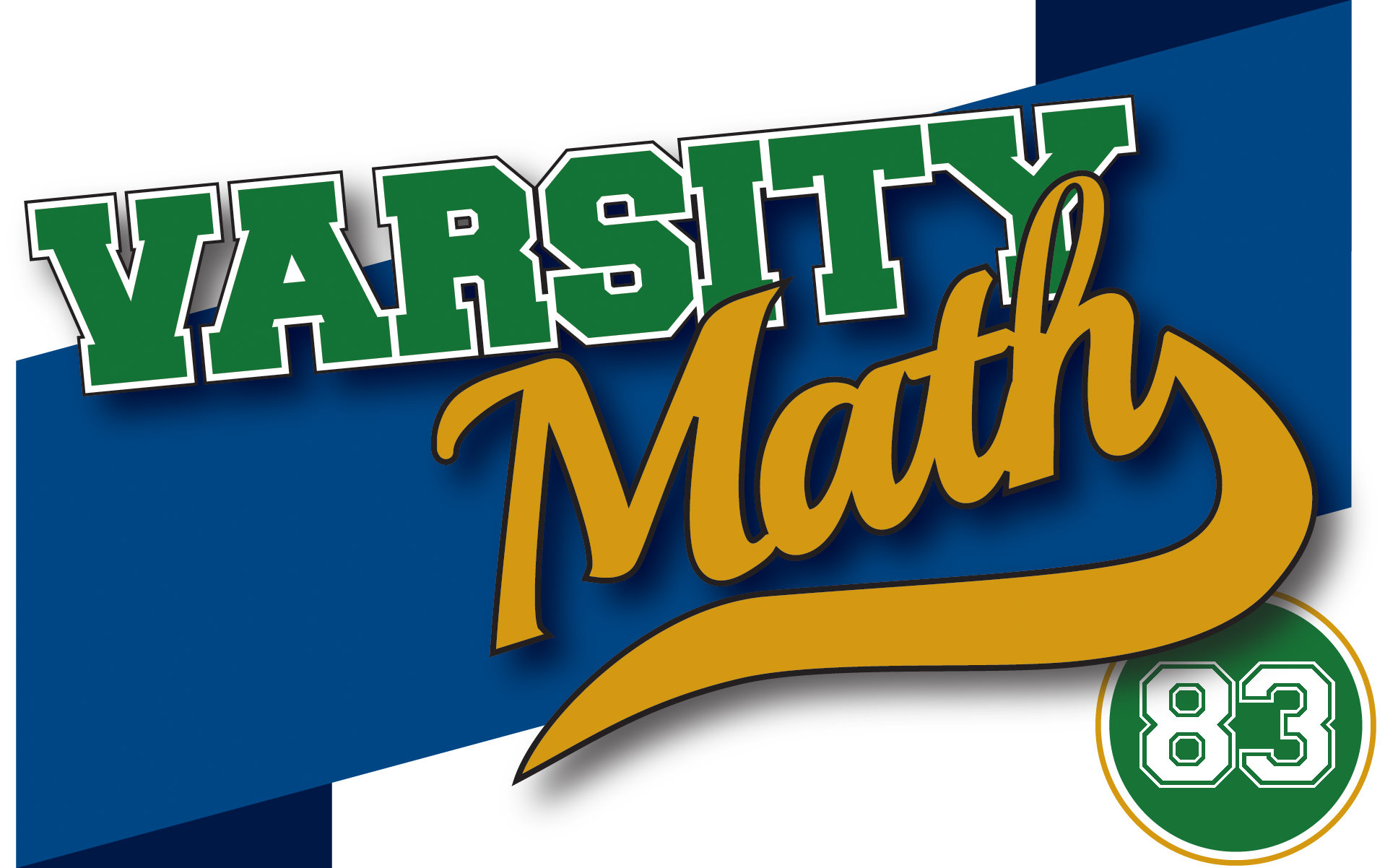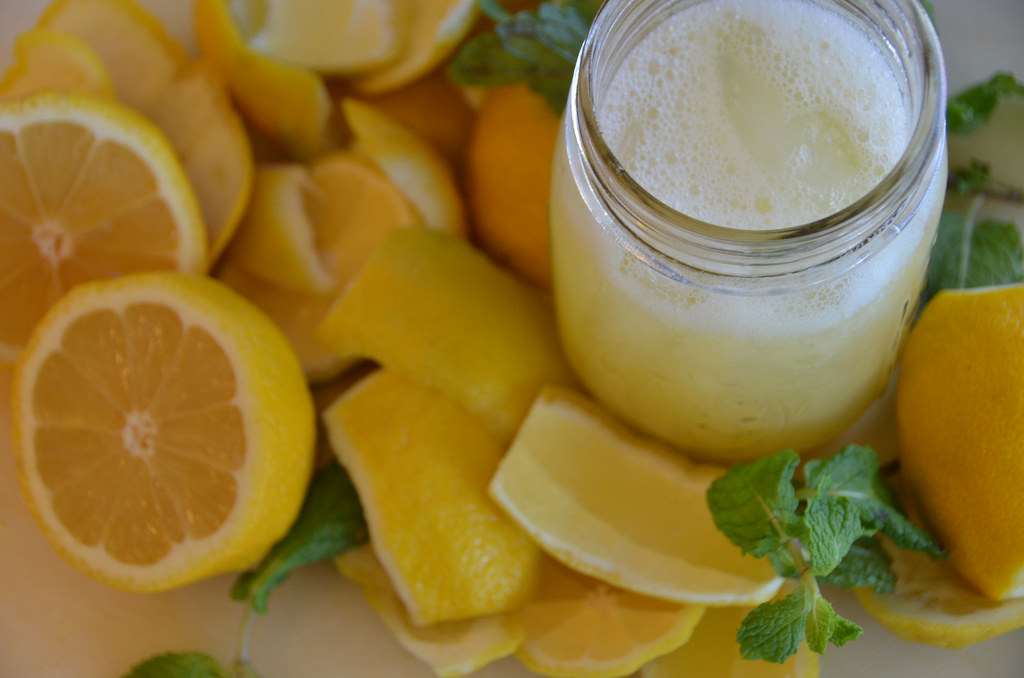
________________
________________
Sour Lemons
I made a  big cooler full of lemonade, and then filled a two-quart pitcher from it. When my wife tasted it, she told me it was too strong. So I gave that first pitcher to the neighbors we don’t get along with so well, and topped the cooler off to its original volume with plain water and mixed it thoroughly. I filled up the pitcher again, and my wife tasted it, but she said it was still too strong. So I drank that pitcher myself, since I thought it was fine, and again topped off the cooler with plain water and mixed it thoroughly. Now my wife thought it was perfect. I wondered how I would adjust the recipe next time, until I suddenly realized that the lemonade was now diluted to exactly half its original strength as given to the neighbors.
big cooler full of lemonade, and then filled a two-quart pitcher from it. When my wife tasted it, she told me it was too strong. So I gave that first pitcher to the neighbors we don’t get along with so well, and topped the cooler off to its original volume with plain water and mixed it thoroughly. I filled up the pitcher again, and my wife tasted it, but she said it was still too strong. So I drank that pitcher myself, since I thought it was fine, and again topped off the cooler with plain water and mixed it thoroughly. Now my wife thought it was perfect. I wondered how I would adjust the recipe next time, until I suddenly realized that the lemonade was now diluted to exactly half its original strength as given to the neighbors.
What was the volume of the cooler, to the nearest ounce?
One Liner
What is the smallest number of line segments you must use to draw 20 squares? (Note that some of the squares may share portions of their perimeters.)
| Spread the word: | Tweet |
Solutions to week 82
Curious Clock. First, let’s figure out what hour it is. The weathervane is yellow, so it must be one, four, seven, or ten hours after midnight or noon, since the color goes on a three-hour cycle. And it is pointing due south, so it must be two, six, or ten hours after midnight or noon, since the direction goes on a four-hour cycle. There’s only one possibility in common, so we conclude that it is ten hours after midnight or noon — presumably 10 AM since Coach Taylor is in her office.
OK, so what about the number of minutes past the hour? From the positions of the three polygons, the number of minutes must be one more than a multiple of three, one less than a multiple of four, and one more than a multiple of five. The only way to be both one more than a multiple of three and one more than a multiple of five is to be one more than a multiple of fifteen. So the possibilities are 1, 16, 31, or 46 minutes past the hour. But since the number of minutes must also be one less than a multiple of four, the option that works is 31, so we conclude that it is 10:31 am.
Quadratic Triple. If we absorb the four into the second squared term, we get that (2x-1)² + (2x+6)² = (2x+7)². Inspecting this equation, we see that it expresses that there are three numbers so that the sum of the squares of the first two equals the square of the third. That means that the three quantities 2x-1, 2x+6, and 2x+7 are the sides of a right triangle, by the Pythagorean Theorem. In addition the longer leg is seven units longer than the shorter leg, and the hypotenuse is eight units longer than the shorter leg. But that’s exactly what happens in the Pythagorean triple of integers 5-12-13. Thus, the three sides must be 5, 12, and 13. Therefore, we conclude that 2x-1 = 5, or in other words, x = 3.
It was a colleague named Antonella Perucca at the University of Regensburg who inspired me to build the clock. And I learned how to solve three-term quadratics from Edward R. Forringer at Georgia Gwinnett College.
Recent Weeks
Week 82: Curious Clock & Quadratic Triple, solutions to Poor Pascal & Rascal’s Grid
Week 81: Poor Pascal & Rascal’s Grid, solutions to Secret Remainder & Party Puzzle
Week 80: Secret Remainder & Party Puzzle, solutions to Wing Nuts & Seven Eleven
Week 79: Wing Nuts & Seven Eleven, solutions to Polychromatic Pigs & Guest Gifts
Week 78: Polychromatic Pigs & Guest Gifts, solutions to Trial Squares & Four of Six
Links to all of the puzzles and solutions are on the Complete Varsity Math page.
Come back next week for answers and more puzzles.
[asciimathsf]



